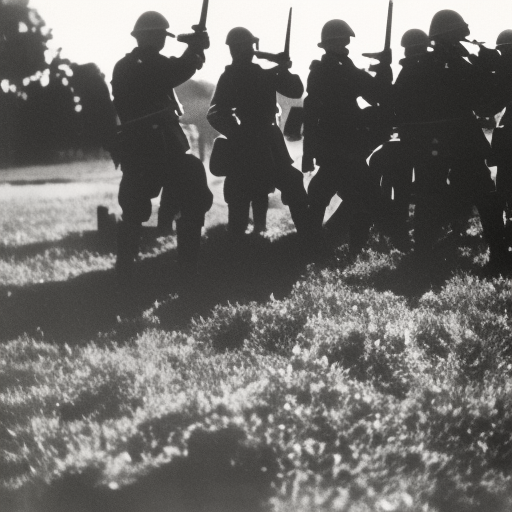Battle of Fleurus: Turning Point in the French Revolutionary Wars
The Battle of Fleurus, fought on June 26, 1794, was a significant turning point in the French Revolutionary Wars. It took place near the town of Fleurus in modern-day Belgium, between the French Republic and the First Coalition, a coalition of European powers seeking to restore the French monarchy. The battle resulted in a decisive victory for the French, consolidating their control over the Austrian Netherlands and setting the stage for further French expansion.
Background
By 1794, the French Revolutionary Wars had been raging for several years. The French Republic, born out of the French Revolution, was engaged in a struggle for survival against a coalition of European powers. The First Coalition, led by Austria, sought to crush the revolution and restore the Bourbon monarchy. The Austrian Netherlands, a region encompassing modern-day Belgium, was a key battleground in this conflict.
The French Army and Leadership
The French army, under the command of General Jean-Baptiste Jourdan, was composed of battle-hardened veterans and enthusiastic volunteers. Jourdan was an experienced commander who had previously achieved success in the Rhine and Moselle campaigns. He was known for his ability to inspire his troops and his tactical acumen.
The Coalition Forces
The coalition forces, led by Austrian General Friedrich Josias, Prince of Saxe-Coburg-Saalfeld, consisted of Austrian, Dutch, and British troops. The coalition had the advantage of superior numbers and experienced commanders, but they were hampered by communication issues and disagreements among the various contingents.
The Battle
The battle began with a French attack on the coalition’s left flank. The French were able to break through the coalition lines and capture several key positions. The coalition forces attempted to counterattack, but their efforts were repulsed by the French artillery. The battle then shifted to the center, where the French launched a massive assault. Despite heavy casualties, the French were able to push the coalition forces back and capture the village of Fleurus.
The Turning Point
The turning point of the battle came when the French were able to gain control of the high ground overlooking the battlefield. From this vantage point, the French artillery was able to rain down devastating fire on the coalition forces. The coalition’s attempts to dislodge the French from their advantageous position were unsuccessful, and their lines began to crumble.
Aftermath and Significance
The Battle of Fleurus was a resounding victory for the French Republic. It resulted in the capture of the Austrian Netherlands and the expulsion of the coalition forces from the region. The battle also demonstrated the effectiveness of the French army’s tactics and the superiority of their artillery. It marked a turning point in the war, as it showed that the French Republic was capable of defeating the powerful European coalitions and expanding its territory.
The victory at Fleurus allowed the French to consolidate their control over the Austrian Netherlands and establish a buffer zone between France and its enemies. It also provided a springboard for further French expansion into the Rhineland and the Low Countries. The battle had far-reaching consequences, as it set the stage for Napoleon Bonaparte’s rise to power and the eventual establishment of the French Empire.
In conclusion, the Battle of Fleurus was a crucial turning point in the French Revolutionary Wars. The French Republic’s decisive victory over the coalition forces solidified their control over the Austrian Netherlands and paved the way for further French expansion. The battle demonstrated the effectiveness of the French army’s tactics and marked a significant shift in the balance of power in Europe.












